Micro Agri-Enterprise Empowers Malati Mohanta
Champajhar, a revenue village in Thakurmunda Block of Mayurbhanj District of Odisha, is about 80 Km away from the district headquarters Baripada. People from heterogeneous castes like ST, SC, OBC and General are the main residents of this village.
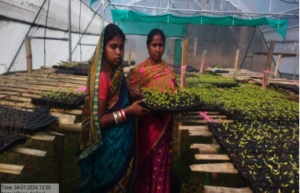 Malti Mohanta from Chamapjhar, an amateur agri-entrepreneur has adopted seedless nursery as a livelihood option to supplement her family’s income. Malti resides with her husband Deepak Mahanta in a joint family. They cultivate paddy for home consumption purposes, but they are ignorant of the opportunity to increase their income through other agricultural activities and selling the produce in the market. But, Malti getting out of household chores could bring change in her family’s livelihood when CYSD intervened in her area with Agriculture Production Cluster (APC) program in partnership with Bharat Rural Livelihood Foundation (BRLF) through formation of Producer Groups and followed by various capacity building orientations.
Malti Mohanta from Chamapjhar, an amateur agri-entrepreneur has adopted seedless nursery as a livelihood option to supplement her family’s income. Malti resides with her husband Deepak Mahanta in a joint family. They cultivate paddy for home consumption purposes, but they are ignorant of the opportunity to increase their income through other agricultural activities and selling the produce in the market. But, Malti getting out of household chores could bring change in her family’s livelihood when CYSD intervened in her area with Agriculture Production Cluster (APC) program in partnership with Bharat Rural Livelihood Foundation (BRLF) through formation of Producer Groups and followed by various capacity building orientations.
Malti became one of the members of Chindigiri Producers Group and got the opportunity to attend several capacity building programs, along with other women members, organized by CYSD APC team, Departments of Agriculture, Horticulture, etc., related to cultivation of vegetables using different methods and entrepreneurship models like, seed line preparation, value addition, etc. Getting training and exposure, Malti showed her interest towards preparation of vegetable seedlings through adoption of soilless nursery model.
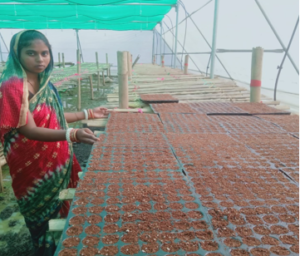 Malti’s unwavering determination to become a successful agri-entrepreneur brought her in contact with the CYSD program team. After listening to her carefully, the program team committed to help Malti fulfil her dream. The team discussed with various government departments and finally the horticulture department came one step ahead to support Malti under the RKVY scheme. After completion of the formalities between Malti and the Department of Horticulture, she started the venture in Aug-2023. The total cost of the project being Rs 6,56,314/-, Malti contributed Rs 2,84,782/- and the RKVY scheme granted Rs. 3,71,532/- for this venture.
Malti’s unwavering determination to become a successful agri-entrepreneur brought her in contact with the CYSD program team. After listening to her carefully, the program team committed to help Malti fulfil her dream. The team discussed with various government departments and finally the horticulture department came one step ahead to support Malti under the RKVY scheme. After completion of the formalities between Malti and the Department of Horticulture, she started the venture in Aug-2023. The total cost of the project being Rs 6,56,314/-, Malti contributed Rs 2,84,782/- and the RKVY scheme granted Rs. 3,71,532/- for this venture.
In every step, the CYSD program team assisted Malti, and extended technical guidance in seedling preparation, seedbed management, disease & paste management and marketing, etc. Initially, she made an investment of Rs. 10,000/- with regard to procurement of seeds like brinjal, tomato, chili, cabbage, cauliflower, and cherry tomato seeds, and seedling preparation. After selling the first batch of seedlings at market price, she made a total profit of Rs.15000/-.“Within a month’s time, the seedlings were ready for sale and the profit which I acquired was fairly satisfying,” says Malti with a cheerful voice. While Malti’s aspiration to become an agri-entrepreneur is gradually getting fulfilled, she has become an inspiration for other women farmers in her community.
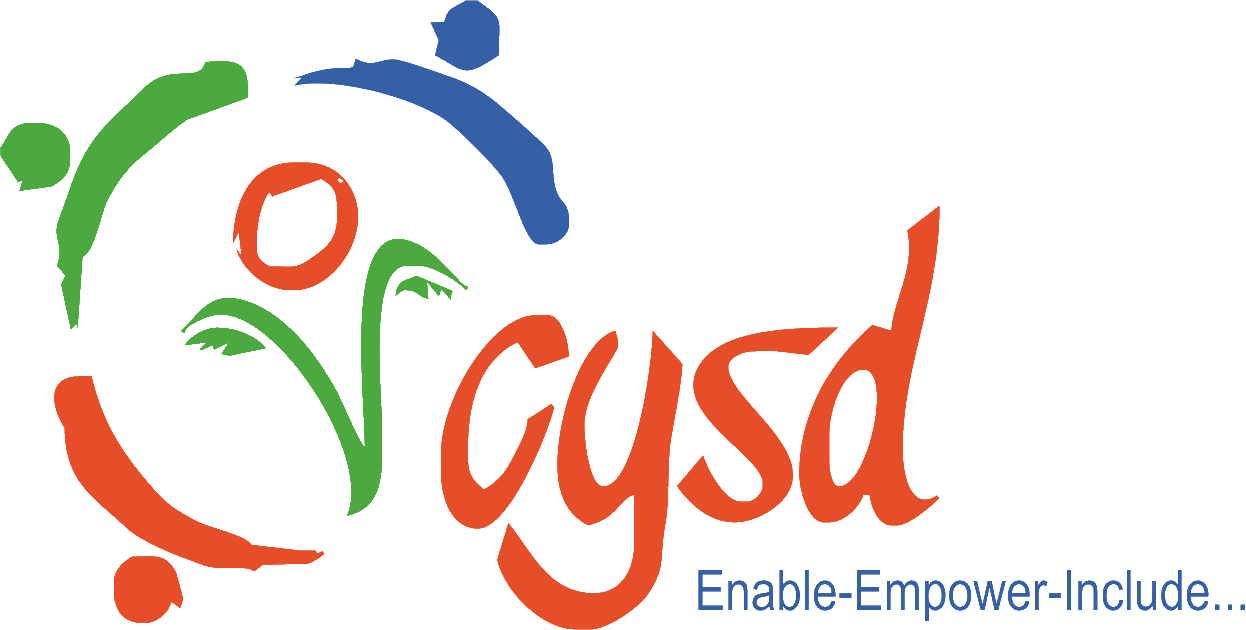
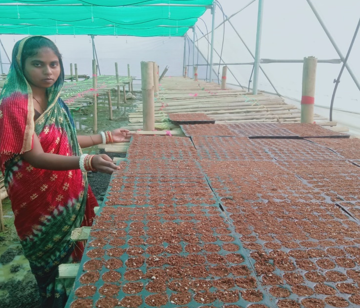
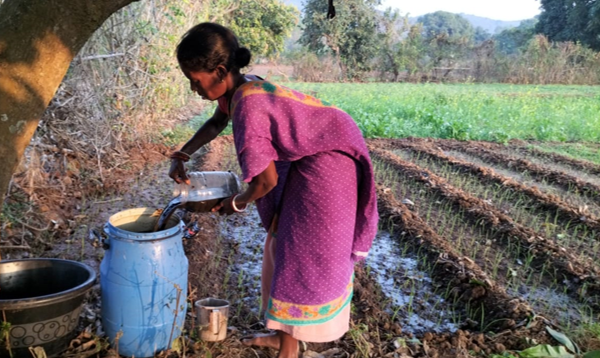
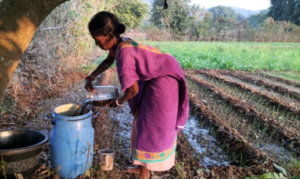 In the training, Surai learned about the Natural Farming Practices by applying non-pesticide management (NPM), a methodology that enables farmers to create bio-fertilizers using locally available materials. Realizing the potential of producing homemade bio-fertilizers, Surai could foresee the opportunity to address the high-cost fertilizers challenges, which was not economically viable for a joint family like her.
In the training, Surai learned about the Natural Farming Practices by applying non-pesticide management (NPM), a methodology that enables farmers to create bio-fertilizers using locally available materials. Realizing the potential of producing homemade bio-fertilizers, Surai could foresee the opportunity to address the high-cost fertilizers challenges, which was not economically viable for a joint family like her.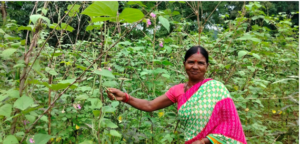 Surai’s enthusiasm for NPM use went beyond her family’s fields. She had recently sprayed Jeevamrit in her paddy field to observe the results and has started making Ghanajeevamrit for the upcoming kharif crop, being a sustainable practice that can be stored for the entire crop season.
Surai’s enthusiasm for NPM use went beyond her family’s fields. She had recently sprayed Jeevamrit in her paddy field to observe the results and has started making Ghanajeevamrit for the upcoming kharif crop, being a sustainable practice that can be stored for the entire crop season.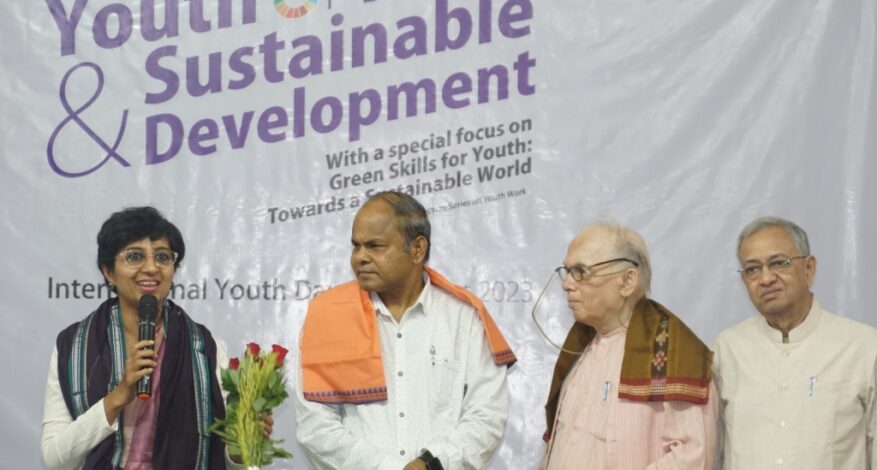
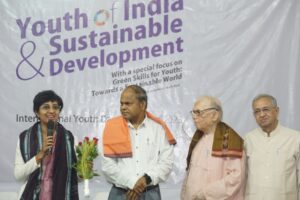 He continued, “India’s ‘demographic dividend’ emerges from its diverse and youthful population, aged approximately 10 to 24, shaping the nation’s future. Addressing challenges in education, employment, and gender equality is vital, with youth engagement being pivotal. Government initiatives like NCC, NSS, and NYKS underscore their significance in nation-building. Through collaboration and action, India’s youth can drive positive change for a promising tomorrow. The government’s commitment to youth development is evident through policies, programs, and collaborative efforts, acknowledging the vital role of the youth in shaping India’s future”.
He continued, “India’s ‘demographic dividend’ emerges from its diverse and youthful population, aged approximately 10 to 24, shaping the nation’s future. Addressing challenges in education, employment, and gender equality is vital, with youth engagement being pivotal. Government initiatives like NCC, NSS, and NYKS underscore their significance in nation-building. Through collaboration and action, India’s youth can drive positive change for a promising tomorrow. The government’s commitment to youth development is evident through policies, programs, and collaborative efforts, acknowledging the vital role of the youth in shaping India’s future”.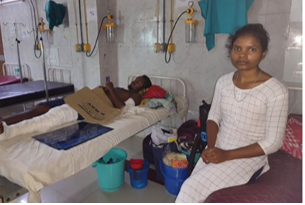
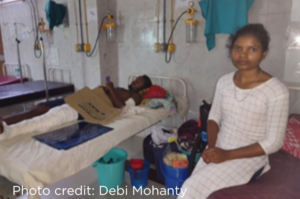 Gautam Kumar, a 17-year-old from the Bihar village of Rasonk, was undergoing treatment at Cuttack’s SCB Medical College and Hospital, accompanied by his mother Nirmala and brother Vikash. Despite having a head injury, Gautam occasionally smiles. Just days before boarding a ‘prestigious’ train to Chennai, he recalls dancing at his brother’s wedding on May 28. Gautam had received the highest marks in his intermediate exam, and in September, he hoped to move to Patna for coaching. He had plans to work as a daily wage laborer, save money, and spend his weekly days off visiting Chennai’s most popular sites before he began pursuing more serious studies.
Gautam Kumar, a 17-year-old from the Bihar village of Rasonk, was undergoing treatment at Cuttack’s SCB Medical College and Hospital, accompanied by his mother Nirmala and brother Vikash. Despite having a head injury, Gautam occasionally smiles. Just days before boarding a ‘prestigious’ train to Chennai, he recalls dancing at his brother’s wedding on May 28. Gautam had received the highest marks in his intermediate exam, and in September, he hoped to move to Patna for coaching. He had plans to work as a daily wage laborer, save money, and spend his weekly days off visiting Chennai’s most popular sites before he began pursuing more serious studies.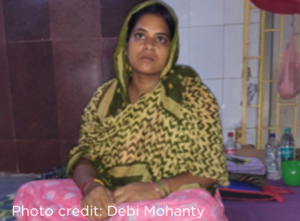 On the other side of this heartbreaking story, we come across Bulti Khatoon, a wife who has spent 20 days next to her unconscious husband, Sk Khokan, in the neurosurgery ICU of Cuttack’s SCB Medical. She was temporarily living on the hospital floor, with a bedsheet as a bed and a plastic bag as a pillow, this represents her will to overcome this challenge. Khokan is one of the severely hurt passengers from the same train accident on June 2.
On the other side of this heartbreaking story, we come across Bulti Khatoon, a wife who has spent 20 days next to her unconscious husband, Sk Khokan, in the neurosurgery ICU of Cuttack’s SCB Medical. She was temporarily living on the hospital floor, with a bedsheet as a bed and a plastic bag as a pillow, this represents her will to overcome this challenge. Khokan is one of the severely hurt passengers from the same train accident on June 2.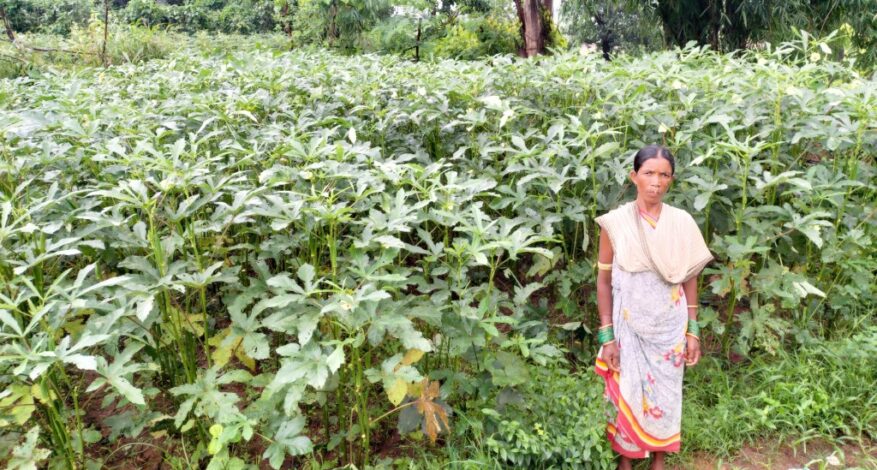
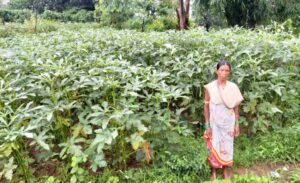 Buddhai Bhumia, a 35-year-old woman farmer from one of these 20 households, has been practicing NPM for the past five years on her three-and-a-half acres of farmland. Along with her husband, Gobardhana Bhumia, they manage to harvest two crops annually. The first crop is paddy, and the second consists of various vegetables such as Lady Finger, Beans, Chili, Cauliflower, and Cabbage, which cover half an acre of their land. They sow paddy in two acres and cultivate millet in the remaining one acre. Buddhai Bhumia shared, “In our three-and-a-half acres of land, we cultivate vegetables on half an acre, sow paddy on two acres, and grow millet on the remaining one acre.”
Buddhai Bhumia, a 35-year-old woman farmer from one of these 20 households, has been practicing NPM for the past five years on her three-and-a-half acres of farmland. Along with her husband, Gobardhana Bhumia, they manage to harvest two crops annually. The first crop is paddy, and the second consists of various vegetables such as Lady Finger, Beans, Chili, Cauliflower, and Cabbage, which cover half an acre of their land. They sow paddy in two acres and cultivate millet in the remaining one acre. Buddhai Bhumia shared, “In our three-and-a-half acres of land, we cultivate vegetables on half an acre, sow paddy on two acres, and grow millet on the remaining one acre.”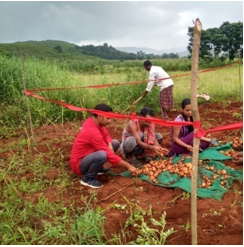
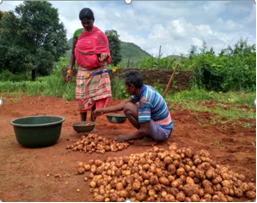 In a shift from traditional forest-based livelihoods to agriculture, tribal communities have transitioned towards cultivating cash crops, notably vegetables. The CYSD intervention has actively encouraged farmers to embrace year-round cultivation of cash crops, with Monsoon potato cultivation being a prime example of success in the Kashipur block during 2021 with collaboration with the District Horticulture Department. Among the beneficiaries, Subhasanti Majhi, aged around 45, and wife of Sadasiba Majhi, is a small-holder farmer residing in Pondkapadar village within Dongasil GP of Kashipur Block in Rayagada district. She is one of the 125 farmers who received 50 Kg of potato seeds from the Horticulture Department, with CYSD’s assistance. This support empowered her to venture into potato farming on a small, sloped plot of land After attending a village-level meeting organized by CYSD, Subhasanti embarked on the journey of monsoon potato cultivation. Despite initial nervousness due to the novelty of farming potatoes during the monsoon, she successfully navigated the process with guidance from the CYSD project team. Planting 51 Kg of potato seeds on July 18th, she overcame challenges posed by continuous rain and waterlogging. While several fellow villagers suffered complete crop losses, her strategically sloped land and effective farming practices enabled her to yield around 290 Kg of potatoes. Her achievements have sparked interest among other Self-Help Group (SHG) members in her village and nearby areas.
In a shift from traditional forest-based livelihoods to agriculture, tribal communities have transitioned towards cultivating cash crops, notably vegetables. The CYSD intervention has actively encouraged farmers to embrace year-round cultivation of cash crops, with Monsoon potato cultivation being a prime example of success in the Kashipur block during 2021 with collaboration with the District Horticulture Department. Among the beneficiaries, Subhasanti Majhi, aged around 45, and wife of Sadasiba Majhi, is a small-holder farmer residing in Pondkapadar village within Dongasil GP of Kashipur Block in Rayagada district. She is one of the 125 farmers who received 50 Kg of potato seeds from the Horticulture Department, with CYSD’s assistance. This support empowered her to venture into potato farming on a small, sloped plot of land After attending a village-level meeting organized by CYSD, Subhasanti embarked on the journey of monsoon potato cultivation. Despite initial nervousness due to the novelty of farming potatoes during the monsoon, she successfully navigated the process with guidance from the CYSD project team. Planting 51 Kg of potato seeds on July 18th, she overcame challenges posed by continuous rain and waterlogging. While several fellow villagers suffered complete crop losses, her strategically sloped land and effective farming practices enabled her to yield around 290 Kg of potatoes. Her achievements have sparked interest among other Self-Help Group (SHG) members in her village and nearby areas.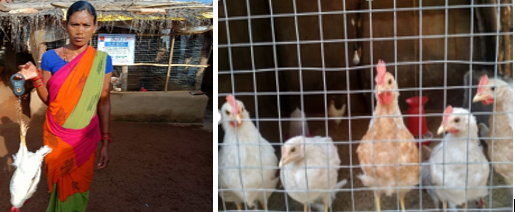
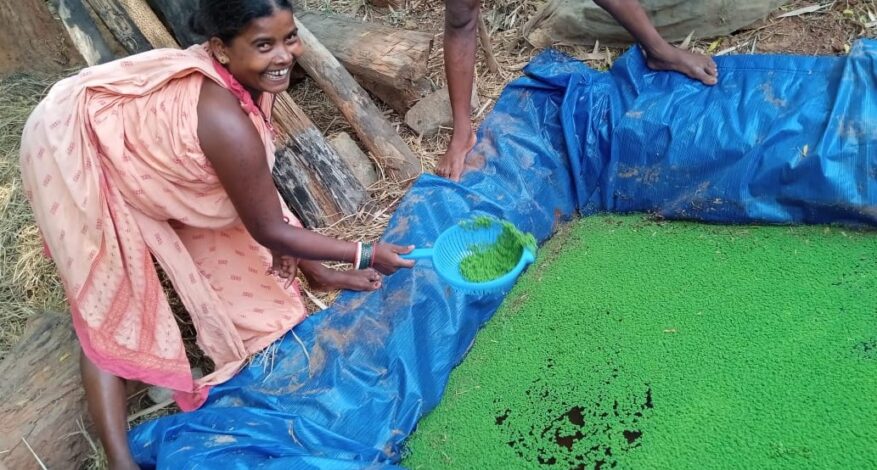
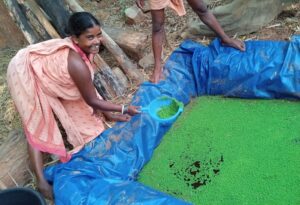 With assistance from the Veterinary Department, these 25 families have received Azolla saplings along with Rs. 1,500/- for each family to establish an Azolla pit. The process involves filling the pit with water and allowing the saplings to grow for 15 days. Once Azolla is fully grown, a portion remains in the water while the rest is mixed into the fodder for cattle and goats. This not only reduces the cost of buying livestock feed but also fosters community building and interdependency.
With assistance from the Veterinary Department, these 25 families have received Azolla saplings along with Rs. 1,500/- for each family to establish an Azolla pit. The process involves filling the pit with water and allowing the saplings to grow for 15 days. Once Azolla is fully grown, a portion remains in the water while the rest is mixed into the fodder for cattle and goats. This not only reduces the cost of buying livestock feed but also fosters community building and interdependency.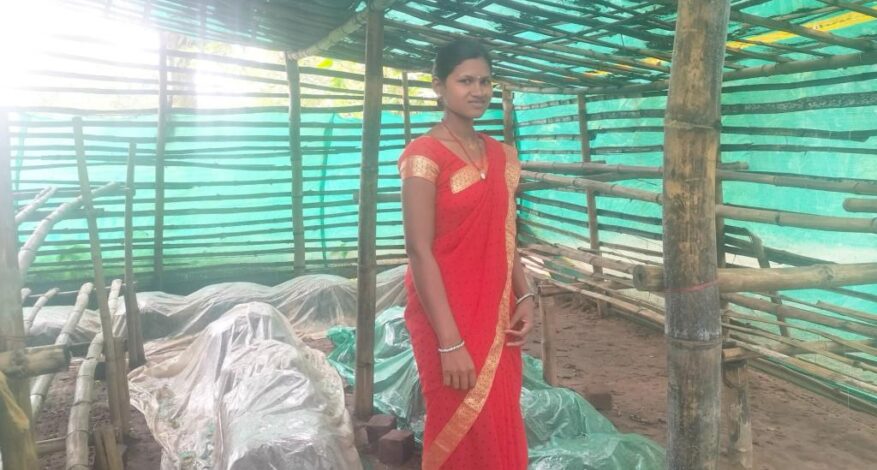
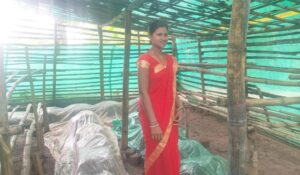 In the remote areas of Kosagumuda Block in Nabarangpur District, there is a village called Udanguda in the Motigaon Gram Panchayath. With 40 households, due to a lack of knowledge about other livelihood opportunities, they have relied solely on agriculture. However, because there is no proper irrigation facility, they can only harvest one crop per year. During the non-farming season, they turn to Non-Timber Forest Products (NTFP) to earn a living. Sustainable livelihood generation has been a major problem in villages like Udanguda. The lack of education and awareness about diversifying livelihood opportunities has made it difficult for these people to meet their basic needs. To help them earn a stable and profitable living, CYSD has launched the South Odisha Livelihood Program. Under this initiative, the people of Udangudi have been introduced to mushroom cultivation. Three women Self-Help Groups (SHGs) from the village have been identified and provided with training in mushroom cultivation through a collaborative approach with NABARD.
In the remote areas of Kosagumuda Block in Nabarangpur District, there is a village called Udanguda in the Motigaon Gram Panchayath. With 40 households, due to a lack of knowledge about other livelihood opportunities, they have relied solely on agriculture. However, because there is no proper irrigation facility, they can only harvest one crop per year. During the non-farming season, they turn to Non-Timber Forest Products (NTFP) to earn a living. Sustainable livelihood generation has been a major problem in villages like Udanguda. The lack of education and awareness about diversifying livelihood opportunities has made it difficult for these people to meet their basic needs. To help them earn a stable and profitable living, CYSD has launched the South Odisha Livelihood Program. Under this initiative, the people of Udangudi have been introduced to mushroom cultivation. Three women Self-Help Groups (SHGs) from the village have been identified and provided with training in mushroom cultivation through a collaborative approach with NABARD.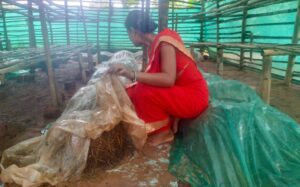 At present, 30 women from three SHGs have embarked on mushroom cultivation and are earning a very profitable source of income. Instead of relying on NTFPs during the non-agricultural seasons, these women farmers are now making a significant contribution to their household income, averaging around ₹14,000 annually. Each of these three Self-Help Groups consists of 10 members. Over the past seven months, each member has set up between 25 to 30 straw beds for mushroom cultivation. Depending on the type of mushroom being cultivated, each of these beds can yield 2 to 3 harvests. Every harvest typically produces mushrooms with a total weight of around 1 kilogram. In the market, each kilogram of mushrooms is valued at approximately ₹270 to ₹300. Considering the investment required to prepare the straw and procure the spawns for 30 beds, which amounts to ₹1,800, the returns are usually 9 to 10 times higher than the initial investment.
At present, 30 women from three SHGs have embarked on mushroom cultivation and are earning a very profitable source of income. Instead of relying on NTFPs during the non-agricultural seasons, these women farmers are now making a significant contribution to their household income, averaging around ₹14,000 annually. Each of these three Self-Help Groups consists of 10 members. Over the past seven months, each member has set up between 25 to 30 straw beds for mushroom cultivation. Depending on the type of mushroom being cultivated, each of these beds can yield 2 to 3 harvests. Every harvest typically produces mushrooms with a total weight of around 1 kilogram. In the market, each kilogram of mushrooms is valued at approximately ₹270 to ₹300. Considering the investment required to prepare the straw and procure the spawns for 30 beds, which amounts to ₹1,800, the returns are usually 9 to 10 times higher than the initial investment.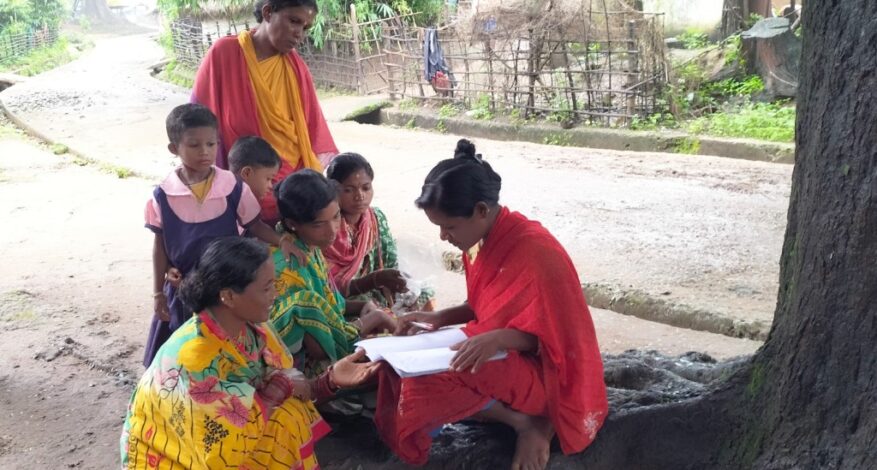
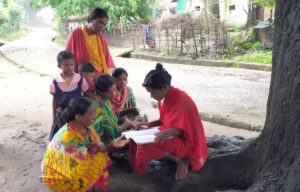 CYSD, through its intervention, has promoted a Producer Group comprising 7 Self-Help Groups (SHGs) in the village, named Ma Tulasi. These SHGs empower women from these rural tribes to become independent and financially stable. In March of this year, Adisakthi SHG and Gramadevi SHG, out of the seven, came up with a collaborative idea to establish a vegetable nursery. The Watershed project in the area has provided each SHG with financial support of ₹25,000.
CYSD, through its intervention, has promoted a Producer Group comprising 7 Self-Help Groups (SHGs) in the village, named Ma Tulasi. These SHGs empower women from these rural tribes to become independent and financially stable. In March of this year, Adisakthi SHG and Gramadevi SHG, out of the seven, came up with a collaborative idea to establish a vegetable nursery. The Watershed project in the area has provided each SHG with financial support of ₹25,000.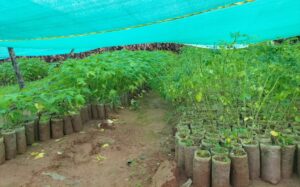 Dauna Majhi, the president of Gramadevi SHG, explained that they cultivate seedlings such as Guava, Papaya, Chili, Drumstick, Tomatoes, and Brinjal. She emphasized that the nursery is helping them generate income, which is being used for the development of their SHGs and to support their livelihoods
Dauna Majhi, the president of Gramadevi SHG, explained that they cultivate seedlings such as Guava, Papaya, Chili, Drumstick, Tomatoes, and Brinjal. She emphasized that the nursery is helping them generate income, which is being used for the development of their SHGs and to support their livelihoods